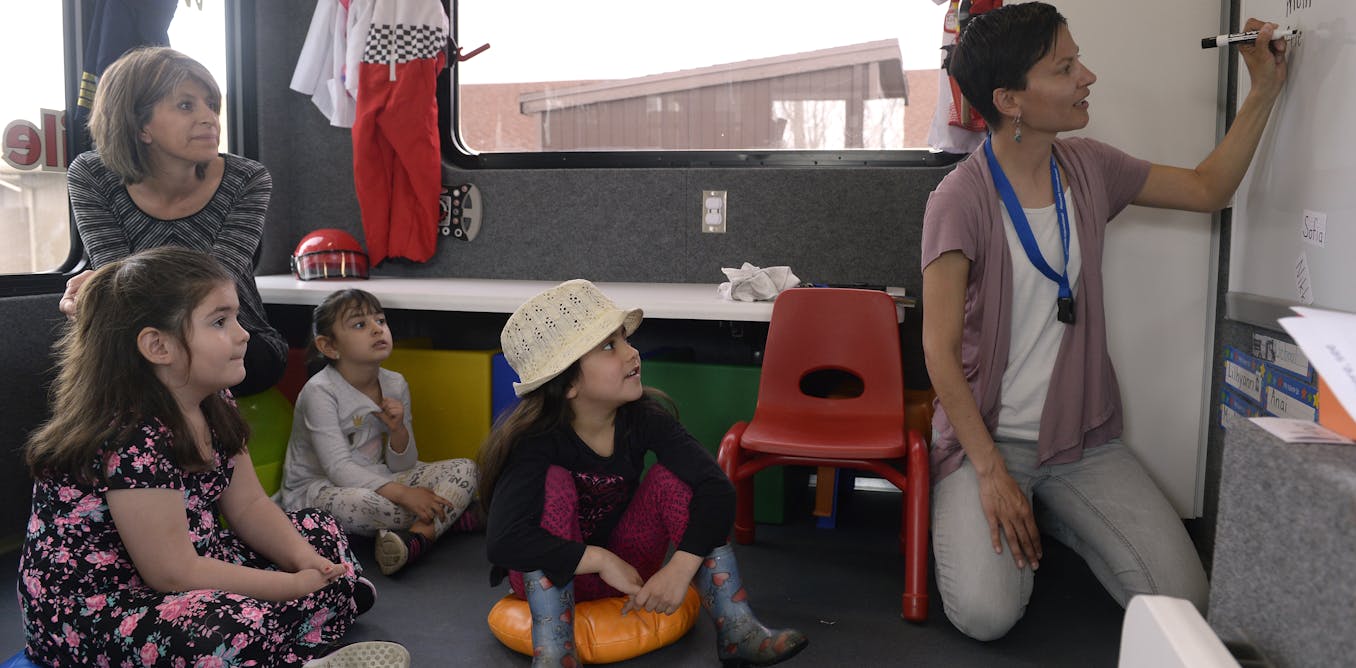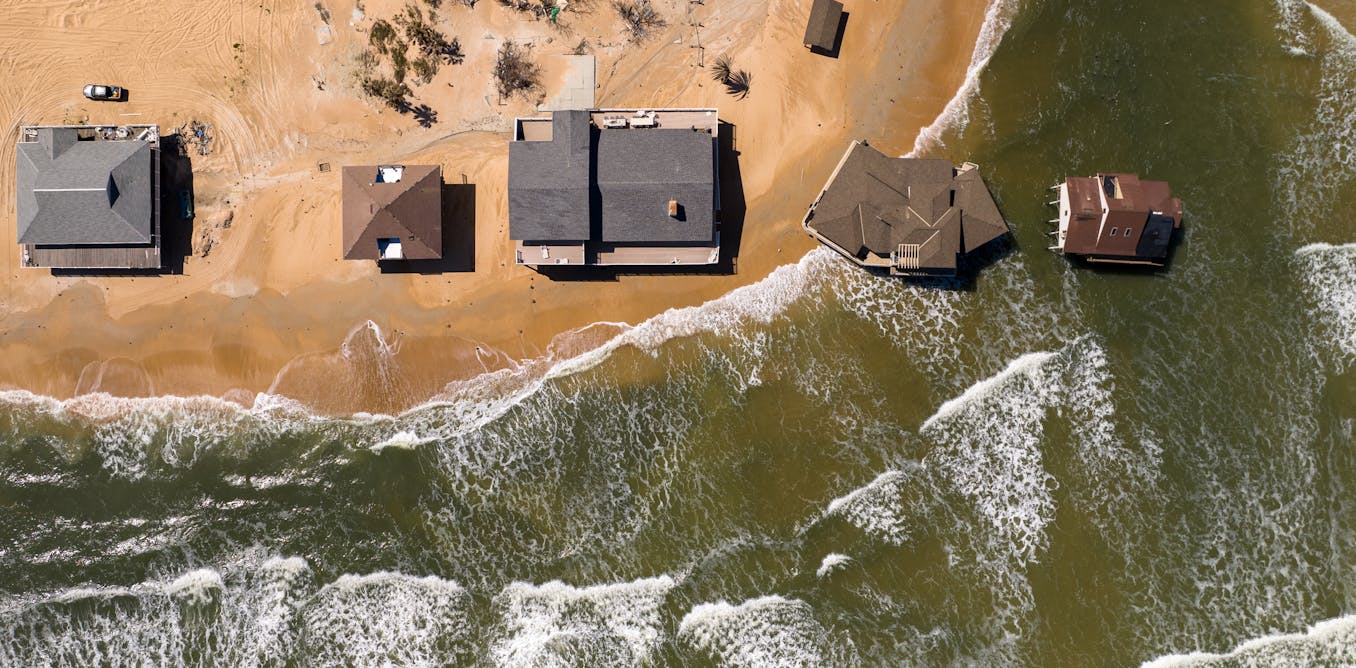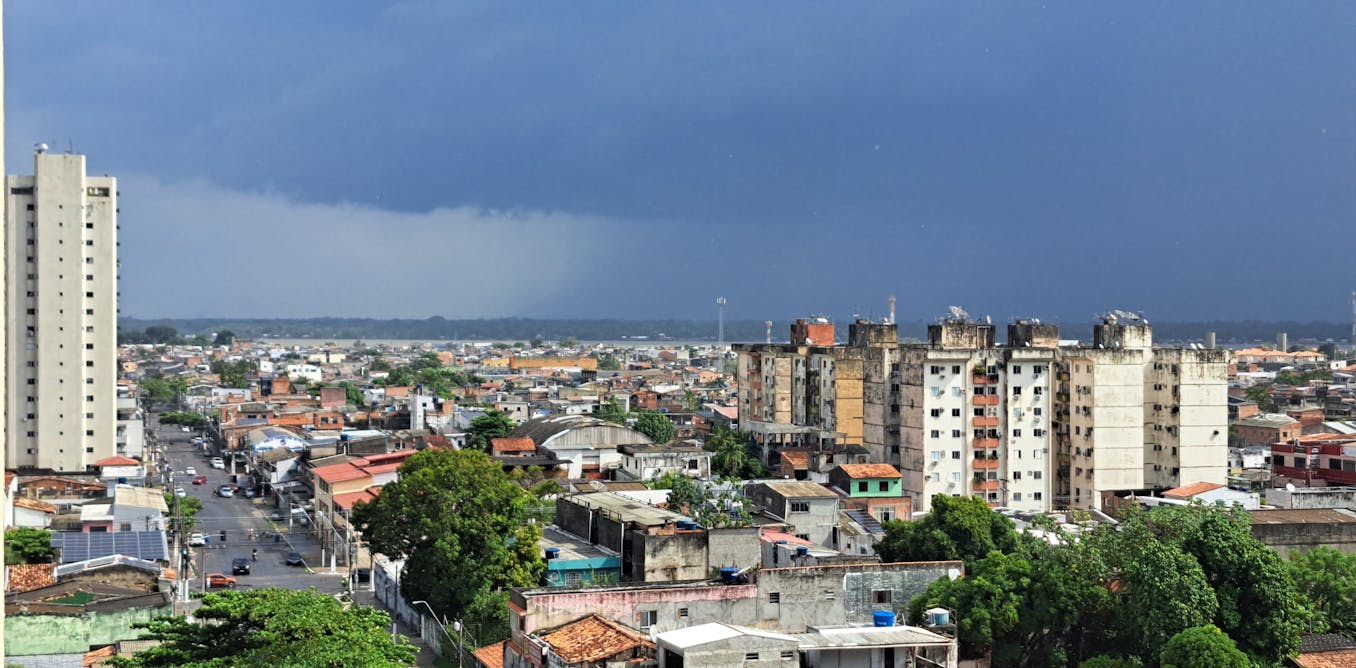A second suspect has plead guilty to charges of fraud in the case dubbed by investigators as “Canada’s largest art fraud investigation,” according to CBC News.
On June 6, David Voss plead guilty to one charge of forgery and one charge of uttering forged documents, in this case the fake provenance materials he used while operating an art fraud ring between 1996 and 2019. Based in the northern Ontario city of Thunder Bay, Voss oversaw the production of thousands of artworks falsely attributed to Anishinaabe artist Norval Morrisseau. Notably, it was a “paint by numbers” assembly process that helped investigators identify 26 out of 30 suspected works.
According to a statement of facts read in Ontario Superior Court, investigators had identified more than 1,500 forgeries from Voss’ fraud operation and seized nearly 500 so far. Additionally, Voss was stated to have “never met, acquired artwork from or otherwise interacted with, Norval Morrisseau.”
Last March, investigators from the Thunder Bay Police Service and Ontario Provincial Police announced that they had charged eight people on a total of 40 charges for their involvement in the manufacture and distribution of fake paintings, prints, and other artworks attributed to Morrisseau.
Morrisseau, a prolific artist from the Ojibway Bingwi Neyaashi Anishinaabek First Nation, was known for his distinctive Woodland School of Art style. Morrisseau’s work was the subject of a major retrospective at the National Gallery of Canada in 2006, the first staged at the institution for a contemporary Indigenous artist. He died in 2007 at the age of 75 due to complications from Parkinson’s disease.
However, even prior to Morrisseau’s passing, police said there were allegations of people making and selling unauthorized works of art under the Indigenous artist’s name.
The press announcement said the investigation spanned two and a half years, and some of the paintings had been sold for “tens of thousands of dollars”, generating millions in sales.
CBC News reported that an agreed statement of facts detailed how the production of forged artworks was included an assembly-line, “paint by numbers” process and multiple painters enlisted and paid by Voss.
The Globe and Mail reported that Voss “sketched out drawings meant to mimic Mr. Morrisseau’s distinctive style and then annotated each section with letters indicating their ideal colour – ‘G’ for green, ‘B’ for blue, ‘LR’ for light red and so on. He would pass the sketches to hired painters to lay on the prescribed colours, before the works were signed with the Cree syllabic autograph Mr. Morrisseau was known for and backdated, usually to the 1970s.”
Voss’ pencil outlines for these forgeries were later used by forensic analysts at the Canadian Conservation Institute to identify inauthentic works attributed to Morrisseau through digital infrared photography.
The forgeries were sold to auction houses, and distributors across the country but the majority were resold through two auction houses in the small Ontario town of Port Hope. A court statement said that Voss sold 1,500 to 2,000 works to the houses, giving owner Randy Potter a 30 percent cut of sales. During a previous civil court appearance, Potter testified the forgeries usually sold at auction for $1,200 to $7,000 Canadian dollars, but could also sell as much as $30,000 Canadian dollars. Potter died in 2018.
The sheer number of fraudulent Morrisseau works produced by Voss’ ring and the victims in their wake have also been the subject of a documentary called “There are No Fakes” featuring Barenaked Ladies member Kevin Hearn.
Prior reporting in The Globe and Mail also identified two works suspected to be Morrisseau forgeries at the Ontario Legislature and the National Capital Commission: Salmon Life Giving Spawn, removed and seized by police in January, and Circle of Four.
Voss is scheduled to be sentenced in September.

The post “Mastermind of ‘Canada’s Largest Art Fraud’ Guilty of Peddling Fake Norval Morrisseau Works” by Karen K. Ho was published on 06/07/2024 by www.artnews.com


































